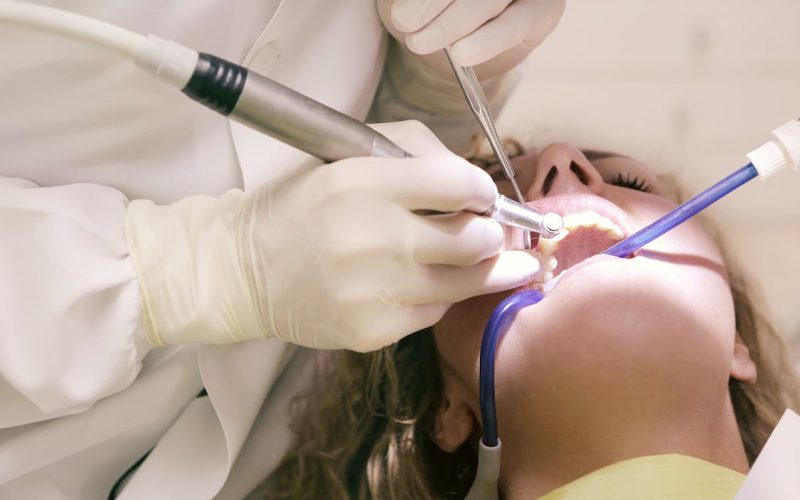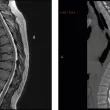What is edentulism?
Dental health in elderly patients is compromised due to physiological tooth loss over the years. Until recently, the only prosthetic resource available to us was the complete removable denture (that is, that complete denture that could be removed at night) with its usual misalignments and discomfort.
Edentulism or absence of permanent teeth in the adult’s mouth is a dental problem with a great social, aesthetic and functional impact. Can be:
- Partial edentulism (one or a few teeth are missing)
- Total edentulism (all teeth are missing).
Although it is a very prevalent pathology in the elderly, it is not exclusive to it. There is a high percentage of the young population with compromised dental health, either due to congenital pathology (such as amelogenesis imperfecta, which is characterized by poor enamel quality) or acquired pathology (bad hygiene, harmful habits, lack of prevention…).
Main causes of tooth loss
Tooth loss can be secondary to different causes, the two most important being periodontal disease and dental caries. Hygiene is a very important factor in the prognosis of dental survival (not only in dental quality, but also in that of the periodontium or bone and mucosal support of the tooth). Let’s remember:
- Caries is the most prevalent dental disease in the population, it initially affects the enamel, extends deep to the dentin and can reach the pulp with involvement of the nerve or pulp chamber.
- Periodontal disease is another of the main causes responsible for tooth loss due to alteration of its support. Even if the tooth is healthy, if the periodontium does not adhere it correctly to the bone, it will surely have high dental mobility that ensures the loss of that tooth in a short time.
What consequences can edentulism have?
The problems derived from edentulism can be functional (translated into difficulty in chewing, phonation and swallowing) and aesthetic (facial aging). When a dental restoration is performed and the integrity of these functions is restored, the person recovers the smile, vocalizes much better and benefits from a better physical appearance. The face is rejuvenated and greatly increases self-esteem.
How can it be corrected?
Today we have many more therapeutic resources for the correction of edentulism. The arrival of the implant marked a very important turning point as it allowed us to completely restore a mouth with a complete implant-supported denture, minimizing the adverse and feared effects of the removable complete dentures that we had until then. Remember that the role of the implant is to replace the root of the tooth. The implant is a screw that is anchored in the bone filling the root space and the necessary prosthesis is screwed on it.
At the present time, the restoration of a complete denture supported with implants offers a totally different quality of life to the patient since it confers great stability so that the patient does not have to use pastes that increase adhesion or suffer thinking that the denture can protrude at any time during a conversation.
Although each case must be studied individually, it would be the most popular prosthetic solution at the present time. However, there are some conditions for the placement of implants such as bone quality, hygiene habits and harmful habits. In a smoking patient with poor hygiene, the success of the implant is clearly compromised.
Prosthetic solutions are also subject to the total number of pieces to be restored, that is, the planning will be very different if one or all of the pieces must be replaced, as well as the location of the pieces to be restored. Depending on the location that the prosthesis should have, the selected material can vary considerably, either giving priority to aesthetics or function.
When can implants not be placed?
When it is not possible to place implants, what are called bridges or fixed partial prostheses are used, which are anchored in the two end pieces and cover the space of several teeth.
Currently the use of complete removable prostheses, commonly called complete dentures, is only indicated in the case in which the other treatments mentioned are not possible. They are normally mucosal-supported, that is, they are placed on the gum and bone.
The definitive therapeutic decision will be made after a complete analysis that includes a study of the occlusion to refine the complete diagnosis of the patient’s condition. This will allow the design of a specific therapeutic plan for that patient.











